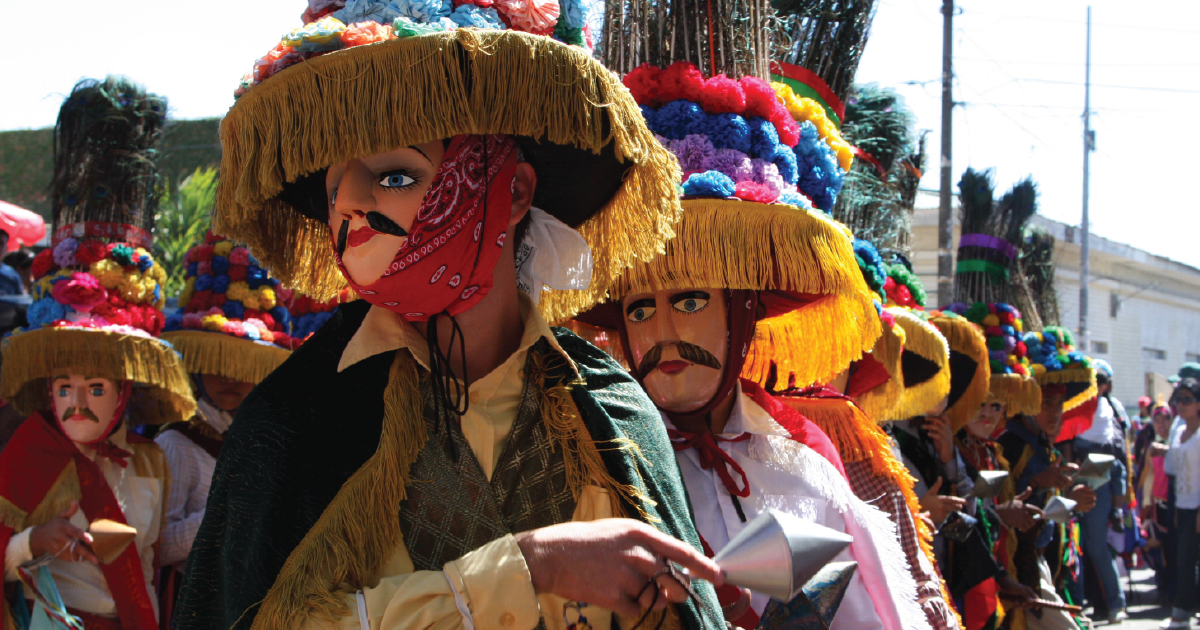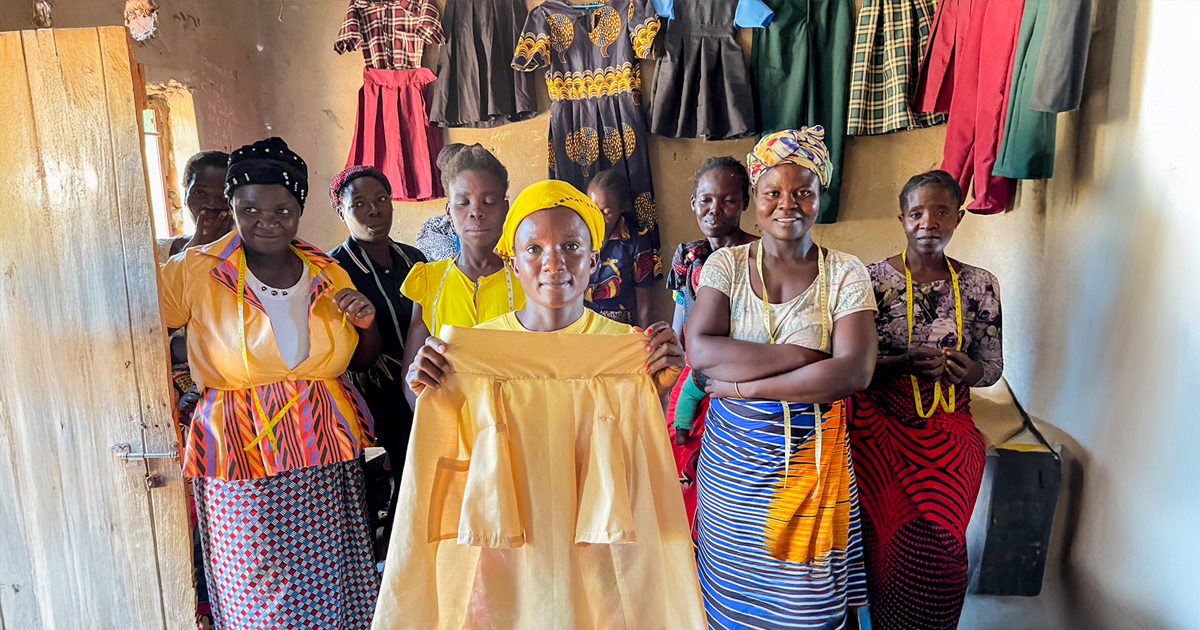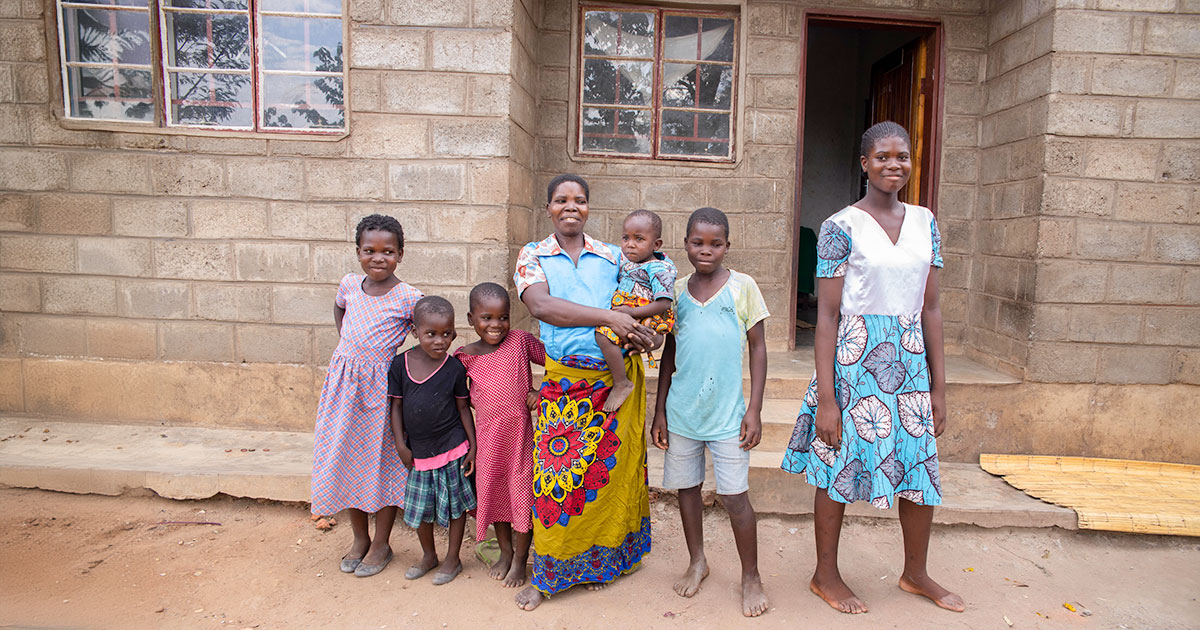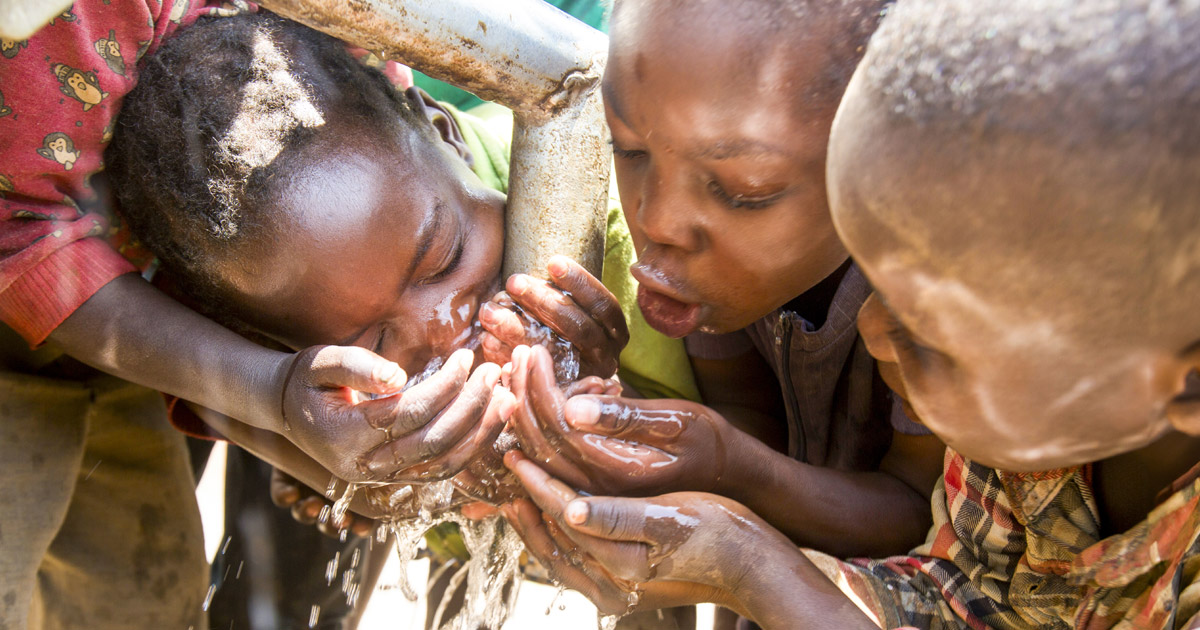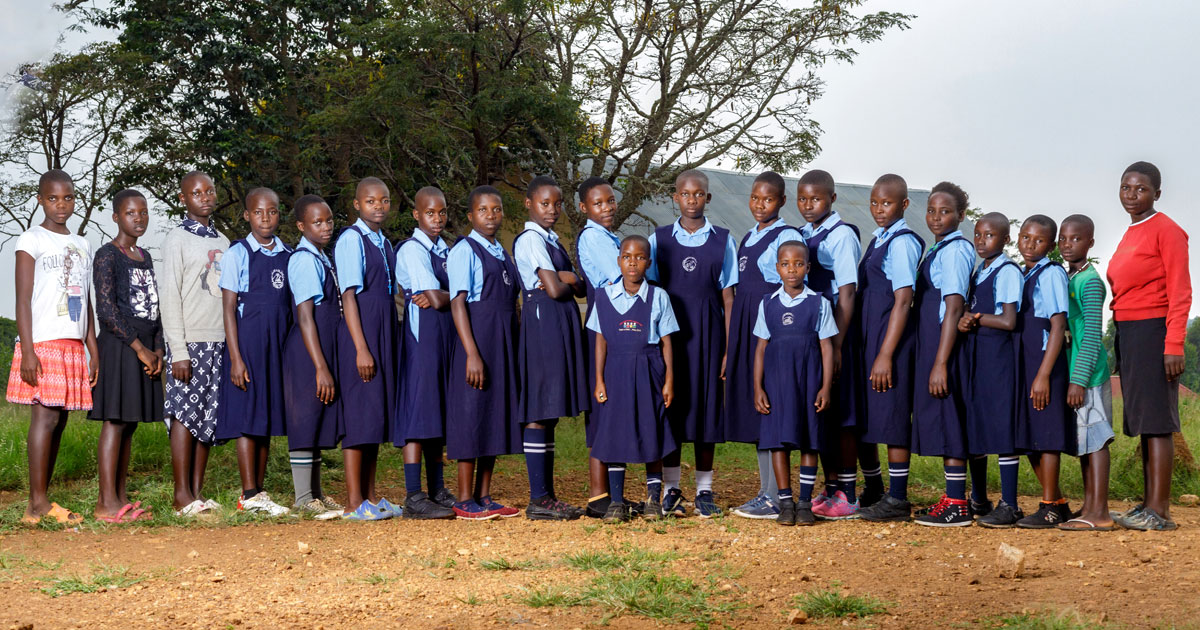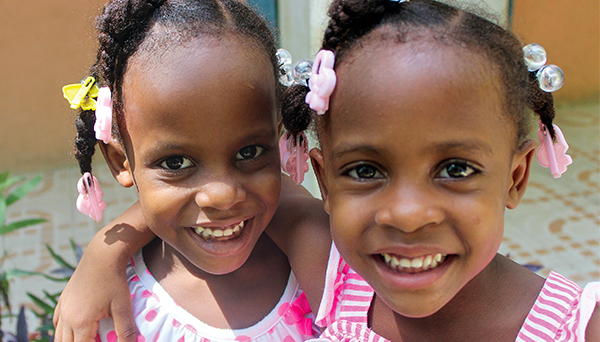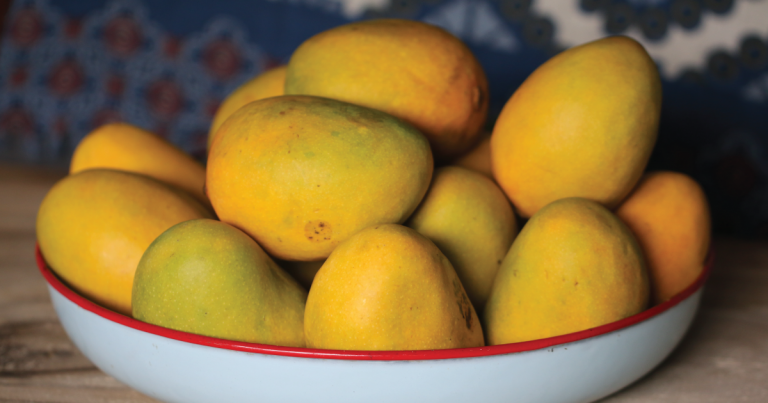
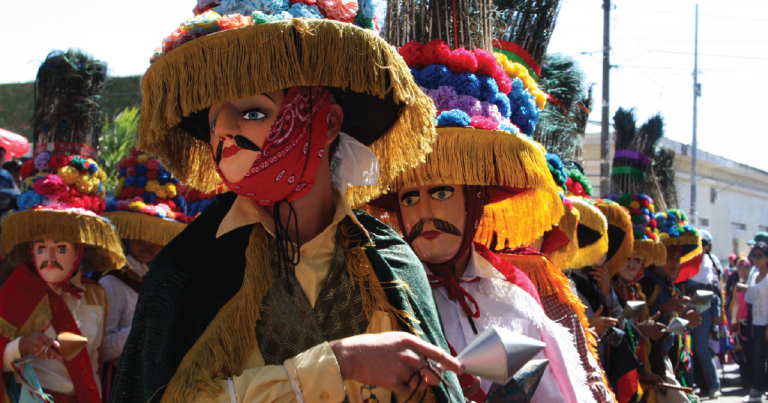
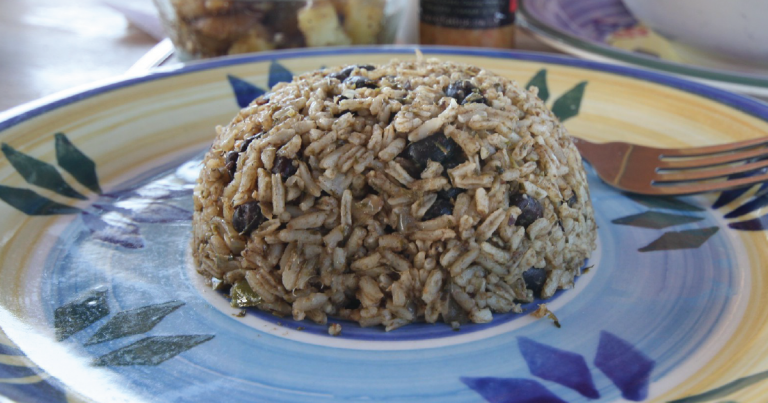
For more than a decade, Cross International has partnered with local ministries in Nicaragua to serve the needs of people there. Even in the midst of working to address poverty and provide basic services, it is easy to fall in love with the beauty of the country and its culture.
Nicaragua’s culture is shaped by the history of two of its geographic areas. To the west, the Pacific lowlands’ culture reflects the area’s history of Spanish colonization. In addition to language, this region shares other cultural aspects with Spanish-speaking Latin American countries, such as the widespread practice of Catholicism. In contrast, the eastern half is shaped by its history as a former British protectorate. Similar to other current and former British colonies in the Caribbean, it is not uncommon to hear English spoken here, and many in the area practice a Protestant faith.
Religion is a significant influence on Nicaraguan culture, and the calendar is dominated by religious celebrations. Christmas is one of the year’s key celebrations, but an even bigger observance is the Semana Santa, or Holy Week, preceding Easter Sunday. For most Nicaraguans, this is a week-long holiday where cities shut down almost completely.
At celebrations, traditional music, dancing, plays, and ceremonies are joined with drinking and feasting, and firecrackers and rockets exploding—lasting several days and often into the early morning hours. The joy and exuberance of these displays is characteristic of Nicaraguan culture, which can be considered loud even by Latin American standards!
Special occasions and holidays are often celebrated with meals featuring meat, something that rarely appears on the everyday menu due to its cost. Grilled steak, called bistec a la parrilla, or grilled sirloin, known as lomo, are most often the focus of these celebratory meals.
The most common staple foods in the Nicaraguan diet are corn and beans, with beans eaten daily as the main source of protein. Rice plays a major role in the cuisine as well, and the country’s most popular dish, gallo pinto (or “spotted rooster”), includes both beans and rice. The dish is made with red beans refried with onions, garlic, and rice, and is eaten at all times of day. The country’s most popular fruits, mangoes and plantains, are plentiful. Yucca root, the vegetable most commonly enjoyed in Nicaragua, is often paired with pieces of pork, pork rinds, and greens. Tortillas are served with most meals, and often they’re used in place of utensils to scoop food.
Corn and tortillas also play a role in two common Nicaraguan beverages. The national drink is pinol, which is made from corn flour and water. Similar to this is tiste, which is made from ground tortillas and cacao. Tiste is enjoyed at either room temperature or served cold.
But the most common beverage enjoyed throughout the country should be familiar to many in North America: coffee. In the mornings, coffee is mixed with hot milk for a steaming breakfast drink. The rest of the day, it is enjoyed black and with a bit of sugar.
So, the next time you enjoy a cup of coffee—no matter how you take it—it can be a reminder of the best that Nicaragua has to offer and the goodness found in that country. When you remember Nicaragua, please remember Cross International and our ministry partners, too, and say a prayer for the important work that is happening there.
